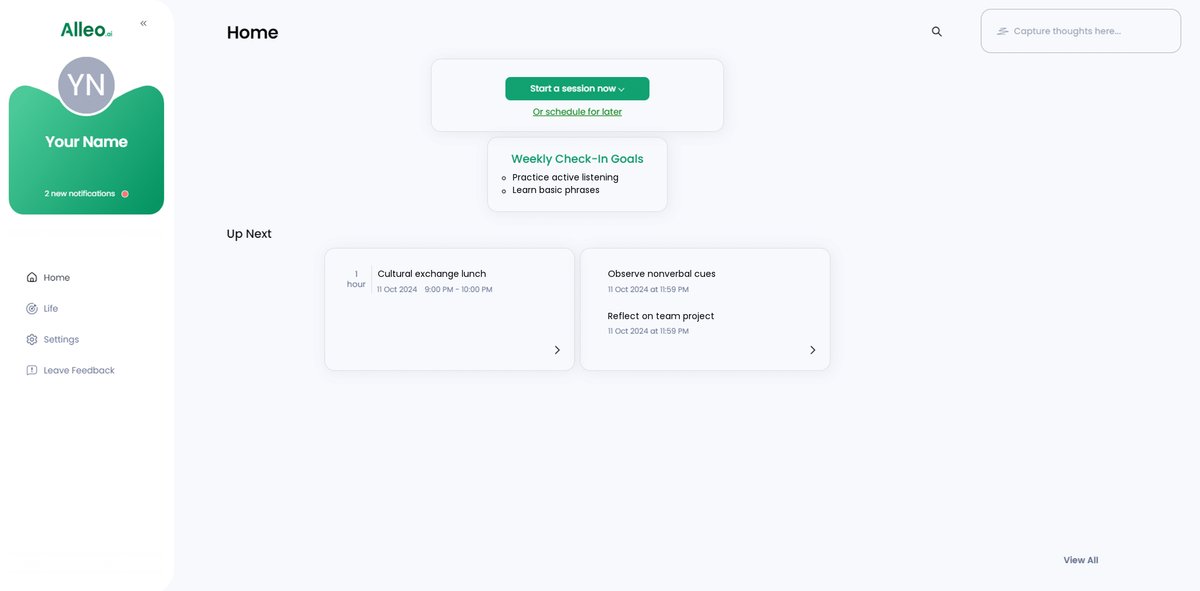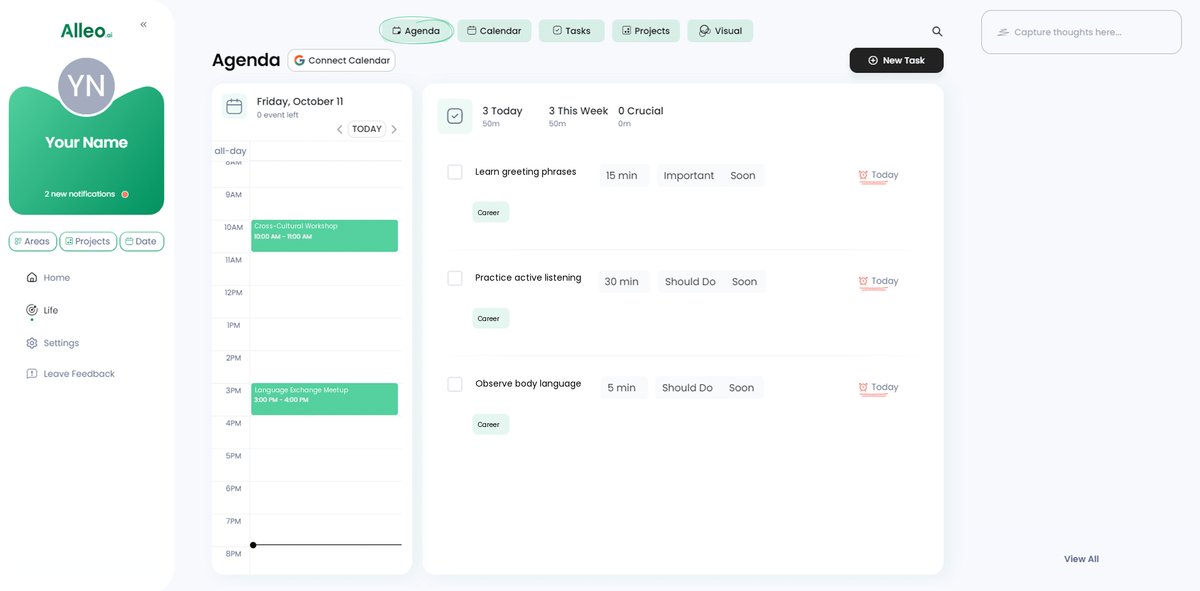Master Cross-Cultural Communication: Essential Skills for Professionals
Have you ever felt like you’re struggling to connect with colleagues from different cultural backgrounds at your new job? This is a common challenge when trying to improve cross-cultural workplace communication.
As a life coach, I’ve guided many professionals in overcoming these exact challenges. It’s a common hurdle that can feel overwhelming, especially when navigating cultural differences in negotiations or professional settings.
In this blog, you’ll discover actionable steps to improve your cross-cultural communication skills. We’ll explore effective international communication strategies like active listening, learning basic phrases, and understanding nonverbal communication across cultures. These techniques can help in building global team collaboration and developing empathy in cross-cultural interactions.
Ready to enhance your communication skills and boost your cultural competence in business? Let’s dive in and explore ways to overcome language barriers in the workplace.

Understanding the Cross-Cultural Communication Challenge
Navigating a new workplace culture is tough. Many recent graduates find it difficult to improve cross-cultural workplace communication effectively with colleagues from diverse backgrounds.
In my experience, adapting to these cultural differences can be overwhelming. Misunderstandings often arise from different communication styles, leading to frustration and isolation. Developing cultural competence in business is crucial for success.
Several clients report struggling to connect with teammates. For instance, some find that their direct approach is perceived as rude, while others feel lost in more indirect communication styles. Overcoming language barriers in the workplace and understanding nonverbal communication across cultures are key challenges.
These challenges highlight the need for strong cross-cultural communication skills. Without them, you risk missing out on collaboration opportunities and career growth. Building global team collaboration requires intercultural sensitivity and adapting leadership styles for diverse teams.
Recognizing these issues is the first step towards improvement. Let’s explore actionable strategies to enhance your communication skills in a diverse workplace and improve cross-cultural workplace communication.

Roadmap to Mastering Cross-Cultural Communication
Overcoming this challenge requires a few key steps to improve cross-cultural workplace communication. Here are the main areas to focus on to make progress in developing cultural competence in business:
- Practice active listening in multicultural settings: Understand your colleagues better by honing your listening skills, a crucial aspect of effective international communication strategies.
- Learn basic phrases in colleagues’ languages: Build rapport and show respect by learning key phrases, helping in overcoming language barriers in the workplace.
- Observe and adapt to nonverbal communication cues: Notice and adjust to body language and gestures, essential for nonverbal communication across cultures.
- Participate in cross-cultural team projects: Engage in diverse teams to enhance your skills and improve cross-cultural workplace communication while building global team collaboration.
Let’s dive in to explore these strategies for navigating cultural differences in negotiations and developing empathy in cross-cultural interactions!
1: Practice active listening in multicultural settings
Understanding and valuing the perspectives of colleagues from different cultures requires practicing active listening, a key skill to improve cross-cultural workplace communication.
Actionable Steps:
- Attend workshops or webinars on active listening techniques. These sessions will equip you with tools to listen attentively and empathetically, enhancing your cultural competence in business.
- Engage in regular one-on-one meetings with colleagues to practice listening without interrupting. This fosters a deeper connection and understanding, crucial for effective international communication strategies.
- Use reflective listening techniques, such as paraphrasing and summarizing, to ensure understanding. This helps clarify and validate the speaker’s message, overcoming language barriers in the workplace.
Explanation:
Practicing active listening is crucial for effective cross-cultural communication. It ensures that you understand colleagues’ viewpoints and reduces misunderstandings, supporting global team collaboration.
For instance, active listening can significantly enhance your ability to collaborate in a multicultural environment. This approach aligns with the current industry trend of fostering inclusive workplaces and developing empathy in cross-cultural interactions.
Key benefits of active listening in cross-cultural settings:
- Enhances mutual understanding and intercultural sensitivity
- Reduces cultural misinterpretations
- Builds trust and rapport, essential for navigating cultural differences in negotiations
By mastering active listening, you’ll be well on your way to improving your cross-cultural communication skills and adapting leadership styles for diverse teams.

2: Learn basic phrases in colleagues’ languages
Learning basic phrases in your colleagues’ languages can build rapport and show respect for their cultures, helping to improve cross-cultural workplace communication.
Actionable Steps:
- Use language learning apps to learn and practice key phrases. Apps like Duolingo or Babbel can help you quickly pick up greetings and expressions, aiding in overcoming language barriers in the workplace.
- Create a language exchange group at work where colleagues teach each other basic phrases from their native languages. This fosters a collaborative and inclusive environment, enhancing cultural competence in business.
- Incorporate learned phrases into daily interactions, such as greetings and expressions of gratitude. Start meetings with a simple “hello” in your colleague’s language, demonstrating effective international communication strategies.
Explanation:
These steps matter because they help you connect with colleagues on a personal level, fostering better teamwork and building global team collaboration.
By learning and using basic phrases, you demonstrate your willingness to engage and understand their background, developing empathy in cross-cultural interactions.
This approach aligns with current trends emphasizing the importance of cross-cultural communication in diverse workplaces.
Taking these actions will pave the way for smoother interactions and stronger working relationships, enhancing cultural awareness in professional settings.

3: Observe and adapt to nonverbal communication cues
Understanding nonverbal communication is vital to improve cross-cultural workplace communication and enhance cultural competence in business.
Actionable Steps:
- Observe colleagues’ body language in meetings and interactions. Notice gestures, facial expressions, and postures to understand their communication styles and overcome language barriers in the workplace.
- Seek feedback on your nonverbal communication from a mentor or colleague. This helps you become aware of any unintended signals you might be sending and develop effective international communication strategies.
- Practice adapting your nonverbal cues to align with colleagues’ styles. For instance, maintain appropriate eye contact and use culturally appropriate gestures to navigate cultural differences in negotiations.
Explanation:
Nonverbal cues play a significant role in cross-cultural communication. By observing and adapting to these cues, you can reduce misunderstandings and show respect for your colleagues’ cultural norms, improving cross-cultural workplace communication.
This approach aligns with the growing importance of cross-cultural communication in global workplaces. Adapting to nonverbal cues will enhance mutual understanding and collaboration, crucial for building global team collaboration.
Common nonverbal cues to observe:
- Facial expressions
- Hand gestures
- Personal space preferences
Mastering nonverbal communication across cultures is an essential step towards building stronger workplace relationships and developing empathy in cross-cultural interactions.

4: Participate in cross-cultural team projects
Participating in cross-cultural team projects is essential for enhancing your communication skills and improving cross-cultural workplace communication in a diverse environment.
Actionable Steps:
- Volunteer for projects with team members from various cultural backgrounds. This exposure will help you understand different perspectives, improve your adaptability, and develop cultural competence in business.
- Organize team-building activities that encourage cultural exchange. Activities like potluck lunches or cultural presentations can foster a more inclusive environment and aid in overcoming language barriers in the workplace.
- Reflect on and document lessons learned from each project. This will help you continuously improve your communication skills, cultural awareness, and enhance your ability to navigate cultural differences in negotiations.
Explanation:
These steps matter because they offer practical experience in navigating cultural differences and building strong, diverse teams, which is crucial for effective international communication strategies.
By engaging in cross-cultural projects, you develop a deeper understanding of your colleagues’ backgrounds and improve teamwork, contributing to building global team collaboration.
According to a Fiveable resource, effective cross-cultural communication is vital for success in global workplaces.
Taking these actions will enhance your ability to collaborate and thrive in a multicultural environment, improving cross-cultural workplace communication and developing empathy in cross-cultural interactions.
This approach will set you up for success in a diverse workplace, helping you adapt leadership styles for diverse teams and enhance your intercultural sensitivity.

Partner with Alleo on Your Cross-Cultural Communication Journey
We’ve explored the challenges of improving cross-cultural workplace communication skills and the steps to achieve it. But did you know you can work directly with Alleo to make this journey easier and faster?
Setting up an account with Alleo is simple. First, create your personalized plan tailored to your communication goals, focusing on cultural competence in business and effective international communication strategies.
Alleo’s AI coach will guide you through the process. You’ll receive full coaching sessions just like with a human coach, helping you overcome language barriers in the workplace and enhance nonverbal communication across cultures.
Alleo will track your progress, follow up on changes, and keep you accountable via text and push notifications. This ensures you stay on track with your goals of building global team collaboration and developing intercultural sensitivity.
Ready to get started for free? Let me show you how to improve cross-cultural workplace communication and navigate cultural differences in negotiations!
Step 1: Logging In or Creating Your Account
To begin your cross-cultural communication journey with Alleo, simply log in to your account or create a new one to access personalized coaching and start improving your workplace communication skills.

Step 2: Choose Your Cross-Cultural Communication Goal
Select “Setting and achieving personal or professional goals” to focus on enhancing your cross-cultural communication skills, aligning with the strategies outlined in the blog to overcome workplace cultural barriers and build stronger professional relationships.

Step 3: Select “Career” as Your Focus Area
Choose “Career” as your focus area to address cross-cultural communication challenges at work, aligning with the blog’s emphasis on improving workplace interactions and professional growth in diverse environments.

Step 4: Starting a coaching session
Begin your cross-cultural communication journey with an intake session, where you’ll work with Alleo’s AI coach to set up a personalized plan tailored to your workplace challenges and goals.

Step 5: Viewing and Managing Goals After the Session
After your coaching session on cross-cultural communication, check the Alleo app’s home page to view and manage the goals you discussed, ensuring you stay on track with improving your workplace interactions.

Step 6: Adding events to your calendar or app
Use Alleo’s calendar and task features to schedule and track your cross-cultural communication activities, such as language exchange sessions or team-building events, ensuring you stay on top of your progress and commitments.

Wrapping Up Your Cross-Cultural Communication Journey
Navigating cultural differences at work is challenging but achievable as you strive to improve cross-cultural workplace communication.
By practicing active listening, learning basic phrases, observing nonverbal communication across cultures, and participating in diverse team projects, you’ll enhance your cultural competence in business and develop effective international communication strategies.
Remember, improving cross-cultural workplace communication isn’t just about your career—it’s about building meaningful connections and developing empathy in cross-cultural interactions.
You don’t have to do it alone. Alleo is here to guide and support you in overcoming language barriers in the workplace and adapting leadership styles for diverse teams.
Take the first step today. Set up your personalized plan with Alleo and watch your communication skills flourish, enhancing your cultural awareness in professional settings.
Together, let’s make your workplace a more inclusive and connected environment, fostering global team collaboration.